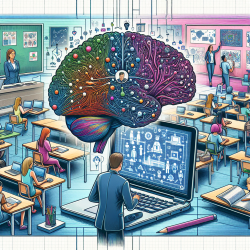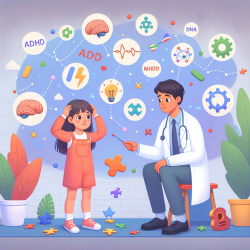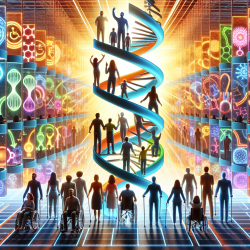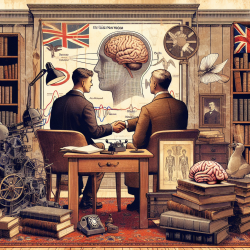Introduction
As a Special Education Director, you are constantly seeking innovative ways to enhance the educational experience for students with special needs. One of the most promising areas of development in recent years is the application of deep learning, particularly convolutional neural networks (CNNs), in various fields, including education. This blog post aims to provide insights into how practitioners can improve their skills by implementing the outcomes of recent deep learning research or by encouraging further exploration in this area.
Understanding Deep Learning and CNNs
Deep learning is a subset of machine learning that has gained significant attention for its ability to process large amounts of data and perform complex tasks with high accuracy. CNNs, a type of deep learning model, are particularly effective in image and pattern recognition, making them suitable for applications in educational technology, such as adaptive learning platforms and personalized education plans.
Applications in Special Education
In the context of special education, deep learning can be leveraged to develop tools that assist in diagnosing learning disabilities, creating personalized learning experiences, and even predicting student outcomes. For instance, CNNs can analyze patterns in student behavior and performance data to identify areas where a student may need additional support or intervention.
Implementing Deep Learning in Practice
To effectively implement deep learning in special education, practitioners should consider the following steps:
- Stay Informed: Attend conferences, webinars, and read publications to stay updated on the latest research and advancements in deep learning.
- Collaborate with Experts: Work with data scientists and educational technologists to integrate deep learning tools into your educational programs.
- Start Small: Begin with pilot projects to test the effectiveness of deep learning applications in your school district before scaling up.
- Provide Training: Ensure that educators and support staff receive adequate training on how to use new technologies effectively.
Encouraging Further Research
While deep learning holds great potential, it is essential to continue researching its applications in special education. Encourage collaboration between educational institutions and technology companies to develop innovative solutions tailored to the needs of students with disabilities. Additionally, consider conducting your own research studies to contribute to the growing body of knowledge in this field.
Conclusion
Deep learning offers exciting opportunities for enhancing special education by providing tools that can improve diagnosis, personalize learning, and predict student outcomes. By staying informed, collaborating with experts, and encouraging further research, practitioners can harness the power of deep learning to better serve students with special needs.
To read the original research paper, please follow this link: Review of deep learning: concepts, CNN architectures, challenges, applications, future directions.










